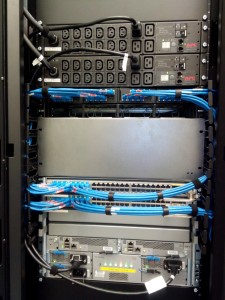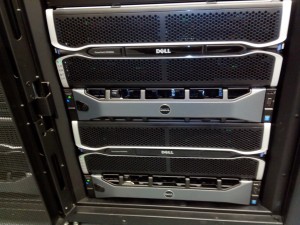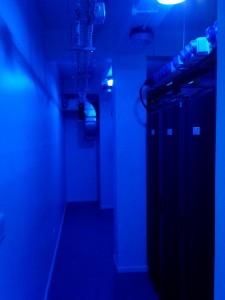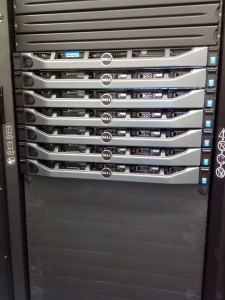The Cape Higher Education Consortium (CHEC) manages Calico, a Library Management System for the four Western Cape Universities. This system ran on physical servers in the Internet Solutions Datacenter. The hardware became very expensive to maintain, and when three of the universities indicated they would be migrating to the cloud-based version of the software within the next 12-18 months, it became clear the current setup would need to be revisited.
CHEC approached UCT for assistance, and we proposed to virtualise the Calico infrastructure. Given the high availability requirements, the team (notably Waylon and Abraham), with some excellent project management from Leon Alexander, managed to do a P2V (Physical to Virtual) conversion, and ensured a successful cut-over this past weekend.
The development, production and warehouse environments are now running fully virtualised in a DMZ on ICTS’ VMware infrastructure.
Feedback from the libraries has been very positive, and we are happy to have been part of this project.




